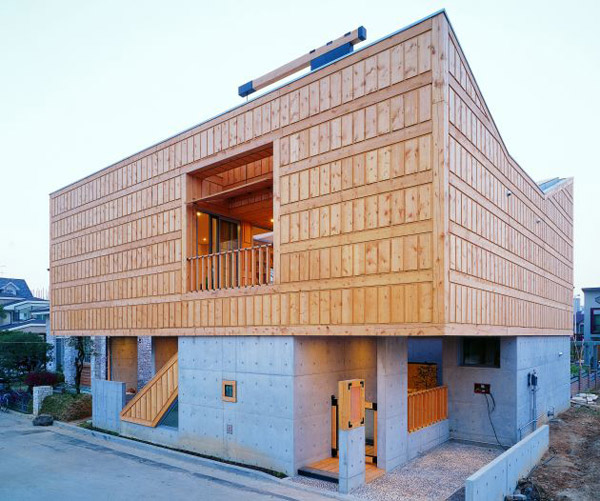Principles of Wooden Architectural Design
Understanding components is essential to the training and learning of the professional designer. This course offer a structural research for entry-level framework learners. It looks for to easily simplify the procedure used as basic principles concepts of the realistic factors of structural style.
Introduction
Our focus in this course is on wood because it's the recommended developing content for personal development in Northern The united states , and European countries. We will also offer programs about other developing content such as brickwork, tangible and metal. However, almost the same concepts that implement to wood, implement as well to all of those other components.
Wood is becoming popular in all kind of development, from personal to hefty professional and business development. As with all components, the style of wood components is based on developing value rules. Strength of wood components must also be regarded and progressively ecological concerns are impacting the choice of structural components. Compared to brickwork , tangible and metal,wood has ecological advantages.
This guide is an starting to the wood structural actions. In this guide, we will calculate the horizontal plenty on low-rise wood components due to wind flow and seismic activities. The proper perseverance of plenty is one of the most transfer steps in the style procedure. Even if the style of the structural components is correct, poorly identified plenty will cause the framework to be wrongly designed. Therefore, you have to remember that being an designer is not only a matter of being a innovative specialist, you have to understand the technology behind components. We will start with a very simple example. We will use a "box" as structural design. The "box" design is used to show you how components are patterned, and their predicted reaction to wind flow and seismic caused plenty.
Before we get to our example, we need to do a little bit of structural research , and determine some conditions.
Wood Structural Behavior
Structural Analysis
The procedure used to figure out the adequacy of a wood is as follows:Determine the plenty,then Determine the pressures, and lastly, check the permitted pressures against the actual pressures.
Determine the Loads
Determining the amount of bodyweight the structural is going to back up,is the first step in the structural research of a structural assistance. There are two major groups of loads: deceased and stay plenty. Dead and Live plenty are conditions used in technical and structural technological innovation, especially where research of real life things are required. A 'load' is the term for any kind of power used on an item, which may be in the form of a 'weight' like gravitational power, a stress, or anything which impacts the item in question.
Dead loads:
Typically deceased plenty are those which do not change over the course of normal functions of the item,or those who regarded to act completely. For example, tangible,roofing, flooring surfaces, pipe joints, internal partition surfaces and furniture are regarded as some of the lasting non-structural components. When identifying the total deceased fill, ecological control techniques equipment, lift equipment and all other development techniques within a developing must also be involved. The bodyweight of the structural members themselves normally provides the biggest part of the deceased fill of a developing.
Usually the scale of the deceased lots of components can be identified with only a 5% edge of mistake. Therefore, producers organize information regarding qualities of developing components consistently in a table or in content and lines. Because qualities of development components often differ due to the modifying fast industry, it is always very important to keep up-to-date on the changes. The fill due to these components is usually indicated as kN/m^3 or lbs/ft^3. However, for further consideration, they are normally transformed to load/area or load/length.
Author Page
G+



